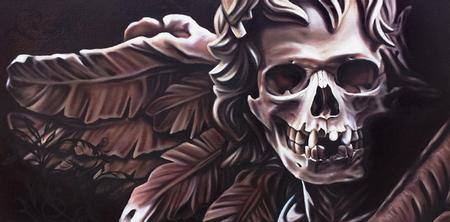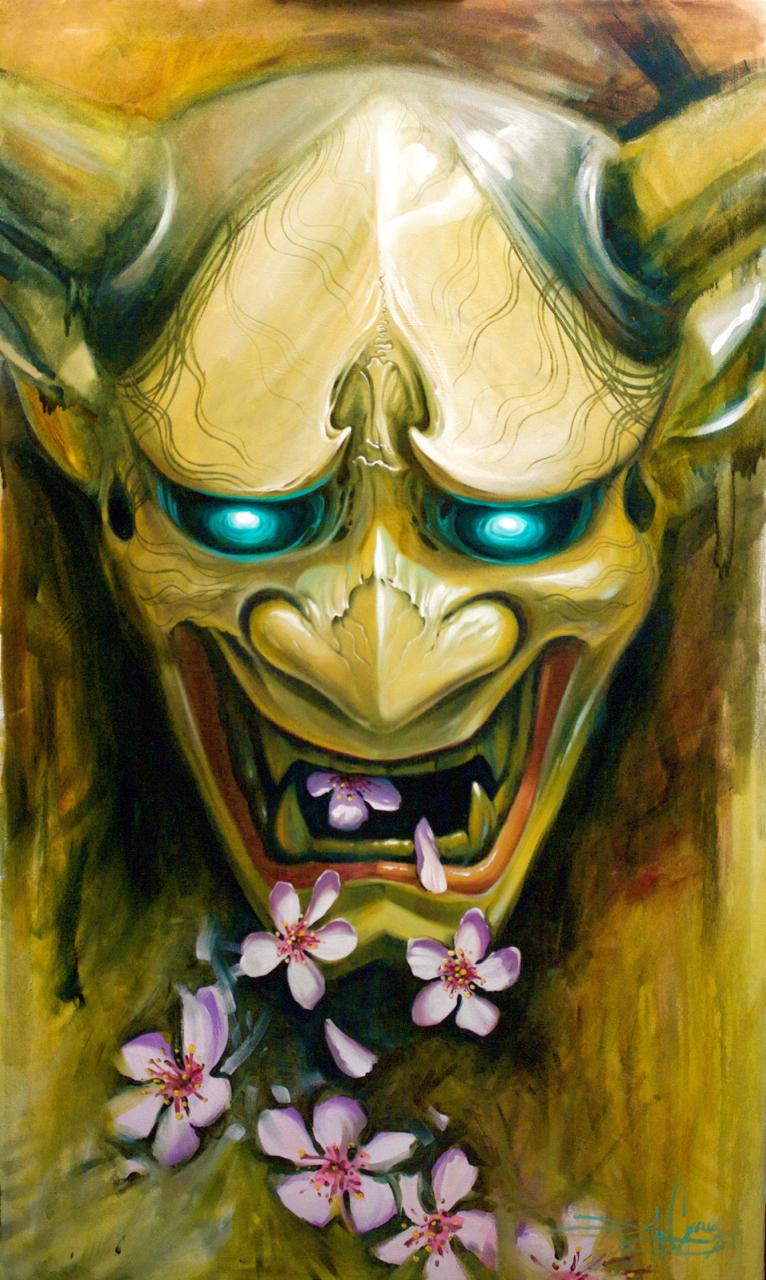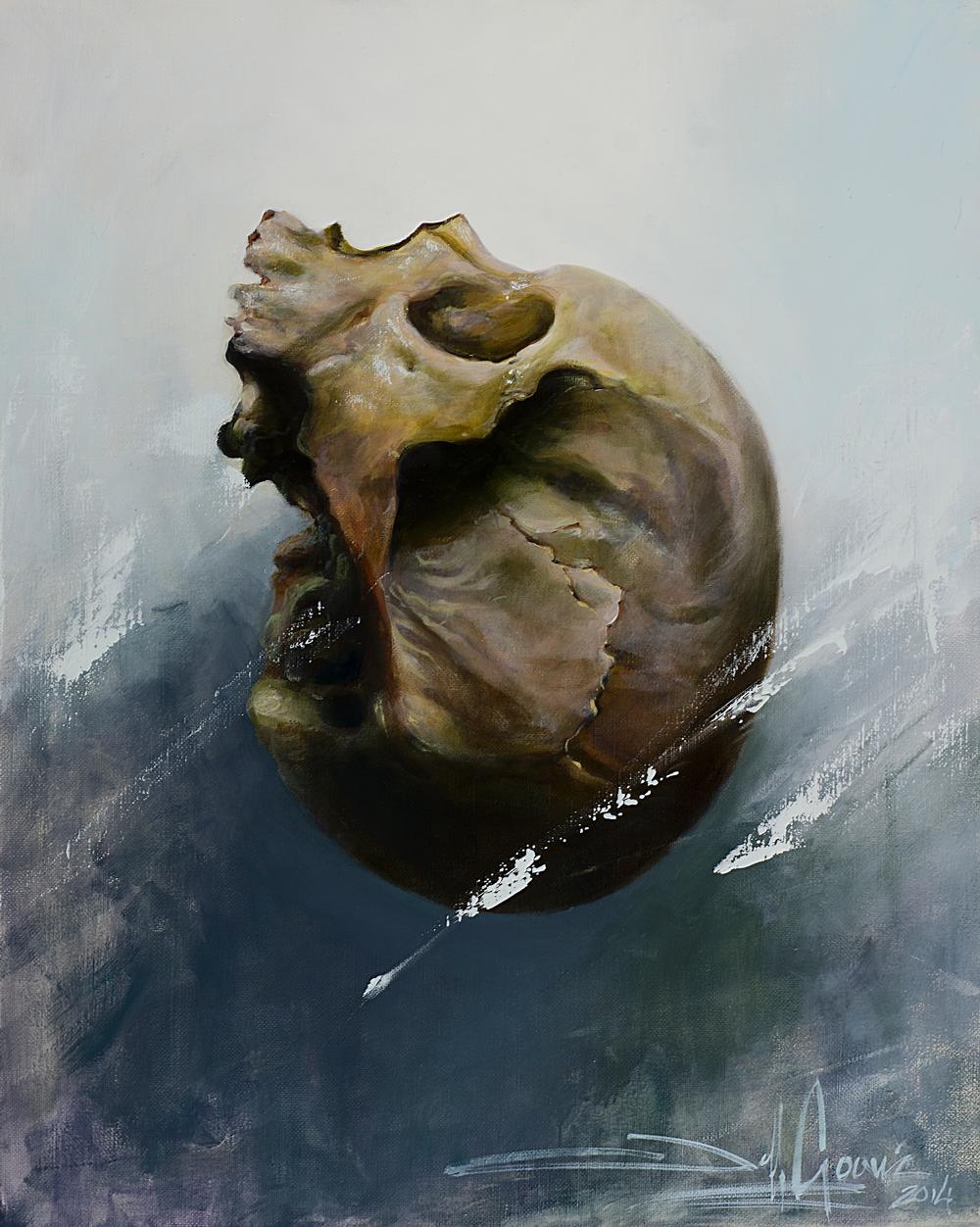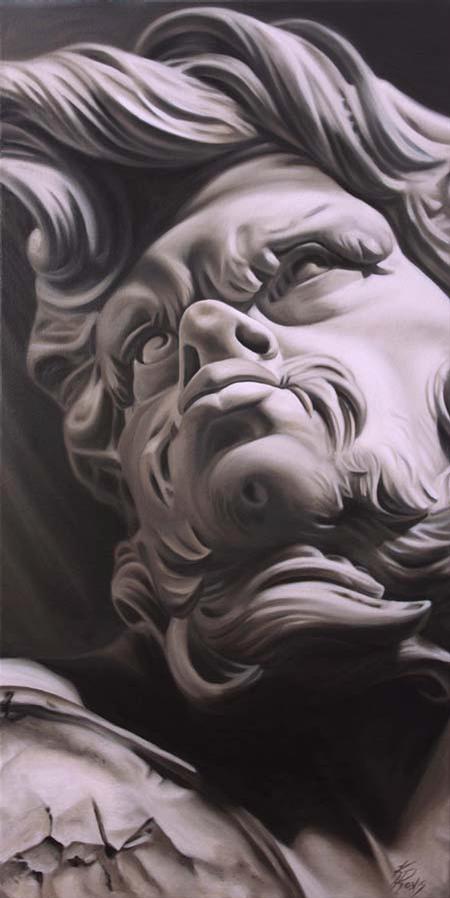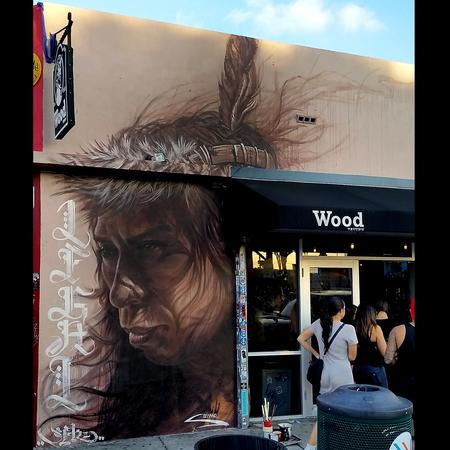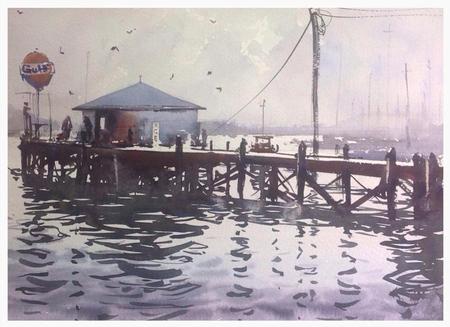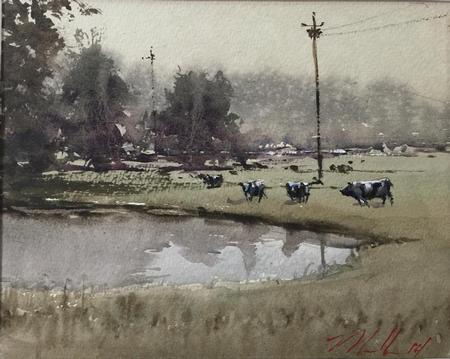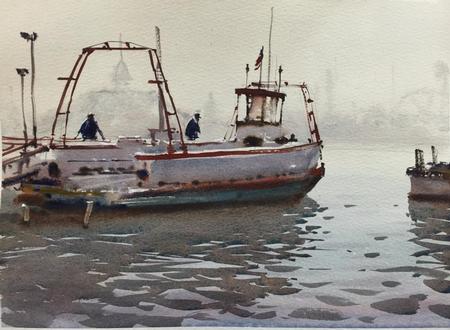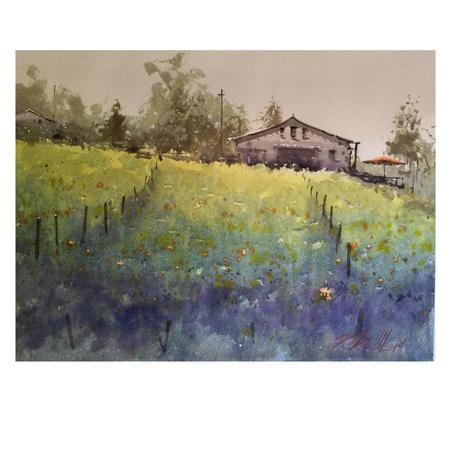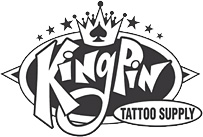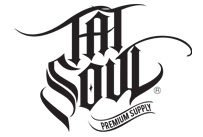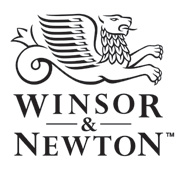Seminars & Workshop Instructors - Subject to change
Monday March 30th
9 - 10:30 Registration
10:30 - 1 Hannah Aitchison - Light shape and color in face and figure rendering
2:30-5:30 - Gabe Leonard - How to See
6 -8 Off the Map - Meet & Greet Learn about full time positions & guest spots
8 - 9 - Discussion Panel
10 - ? Opening Party sponsored by Off the Map Tattoo
Tuesday March 31th
7:30 - 8:30 - Yoga
10 - 12:30 Jeff Gogue - Part Time Pirates
1 - 4 Chet Zar - Painting a Monster
4:30-6:30 Grant Standard - Sculpting 111
7 - 8 Kara Fairfield - Marketing for Artists
8 - 9 - The Art of Critique
10 - ? Drink and Draw with TattooNOW
Wednesday April 1st
7:30 - 8:30 - Yoga
9 - 11 Figure Drawing
9-12 Grant Standard - Sculpting 111
12:30 - 4 Nick Baxter - Sharp Focus Realism in Oil
5 - 8 Guy Aitchison - Painting 3 Dimensional Forms in Acrylic Work shop: part 1
10 - ? Guy Aitchison - Painting 3 Dimensional Forms in Acrylic Workshop: Part 2
Thursday April 2nd
7:30 - 8:30 - Yoga
9 - 11 Landscape class with Dan Marshall
11-12 TattooNOW services info session
12:30 - 3 Tony Moore - One Shot: Visual Storytelling
3 - 7 Floor open to the public
4 - 6:30 World Premier of "I Like to Paint Monsters - The Chet Zar Story" with Q&A with Chet and Director Mike Correll
Guy Aitchison
Painting 3-Dimensional Forms in Acrylic: A Two-Part Workshop
Wed, April 1 2 sessions 5-8pm and 10:30pm-1:30am
In Guy's first ever hands-on painting workshop he'll spend the 5-8pm period of Wednesday discussing several options for designing and laying out your composition, with an emphasis on developing a convincing dimensional effect, after which you'll make use of projectors and other means to transfer the composition onto canvas. This part of the workshop covers a number of options for streamlining this part of the process and optimizing it for your style of painting.
Then, after the 8-10:30pm break the class will continue for several more hours as he guides the class through an effective and economical way to render the image in acrylic and make it stand out from the canvas, making for a dimensional, luminescent appearance. It's a method that works well for everything from quick acrylic studies to large, fully realized complex pieces. If you are looking to begin painting, or to find ways to streamline your existing methods, this course is meant to answer all of your questions to make acrylic painting accessible and easy to make work for you.
Materials:
-Reference image
-Canvas (between 6x8" and 16x20"- not too large and not too small)
-white and black colored pencils (Prismacolor if possible). Optional: Prismacolor white colored pencil stick (like a charcoal stick, basically a 3/8" square stick of colored pencil stuff)
-Acrylic paints including black, white, yellow, red, blue, Payne's gray, neutral 50% gray, and burnt sienna. A fuller palette is great but this short list of colors is necessary
-Brushes: small, medium and large. If you have no experience with brushes I recommend a couple small rounds and a range of sizes of Filbert brush (similar to a curved magnum, but not as sharp)
-Liquitex Acrylic Gloss Medium & Varnish (or equivalent)
We will have small amounts of all of the above for anyone who just can't get a hold of everything they need... but do try to come prepared if you can.
Your reference image can be anything you want but remember that this is a project that we'll be aiming to finish (or almost finish) that night, so try not to get too complicated with it. It can simply be a sketch or drawing that you are happy with, or it can be an image taken from the internet or shot by you on your own camera. Feel free to do whatever Photoshop etc you want, just try to make it a good clean image that's roughly the correct aspect ratio for your canvas. The goal is to create an image with good depth and dimension, so when choosing or shooting your reference image try to aim for something with good light and shadow. Shooting with a flash will flatten out any image. You also have the option of bringing a found object to class where you'll be guided through lighting and photographing it. The New Mexico desert has lots of possibilities here.
& Michele Wortman
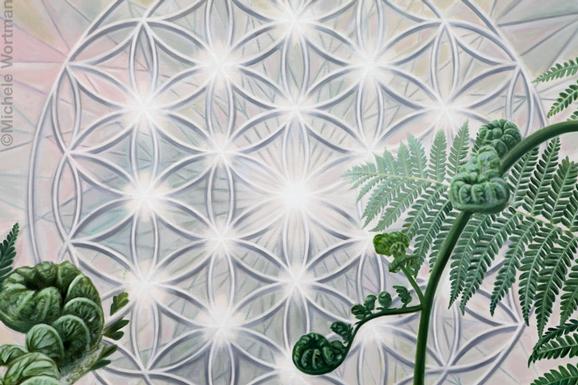
Nick Baxter
.jpg)
Nick Baxter is an exceptional artist and tattooer with a deep appreciation for the natural world. His convincing sense of artistic realism is a product of his keen observation and ongoing investigation into the nature of suffering, hope, and personal transformation. Baxter’s compelling technique and personal philosophies surrounding the tattoo experience have catapulted him into the upper echelon of the tattoo world.
Artist website www.nickbaxter.com
Nick Baxter’s seminar:
follows the instruction and guidelines laid out in his book “Sharp-Focus Realism In oil,” which was developed for tattooers looking to hone their fine art skills in the Trompe L’Oeil (“fool the eye”) tradition of photorealistic oil painting. This technically demanding style of painting is broken down into clear steps and combined with technique demonstrations, skills exercises, explanations of materials, theory, and some tips and tricks Nick’s discovered in his over 15 years of oil painting.
As an optional final element of the seminar, students are invited to bring any unfinished paintings for instruction (in front of the group) on strategies needed to bring these works to full completion. For anyone willing, Nick will demonstrate glazing techniques on their actual paintings, in order to show the real-time process of taking painterly illusions to the next level. Through this experience, students will get a live glimpse into how a painting commonly considered to be “complete” can be taken to an even more advanced level of completion.
Materials:
Oil painting supplies and setup, blank pre-gessoed practice canvases or panels, one unfinished painting for instruction or demonstration (time constraints will likely not allow for all students’ works, therefore the best teaching examples will be chosen).
Jeff Gogue
Tattooing since 1999, selling fine art and reproductions since 1987, 27 years experience in art and generating income from original art and reproductions. Featured in multiple books, magazines, and dvd's on the subject of art, design, layout, oil painting, and tattooing. Teaching seminars and workshops worldwide since 2006. I have a passion for communicating fundamental principles of success to people in hopes to inspire and equip aspiring artists, professional artists and everyone in between.
Artist website: www.gogueart.com
Seminar name:
Part Time Pirates:
Seminar focus:
Learn how to reference in a way that you can look at anything and incorporate the mood, feel and spirit of anything into your art. A design and layout presentation that is applicable to any medium with an emphasis on balance, contrast, and dynamics, touching on human behavior and response to emotional triggers that create attachment, and stir the human spirit which creates attractor fields to your work that the human mind and soul cling to.
Learning Focus:
How to reference on a multidimensional level from paintings, photographs, genres, music, time periods, and anything else you want. You'll know how to pull anything you want from your environment or anyone else's into your art with a well executed finished product that is original and has credibility. You'll learn how to view your own pieces in a multidimensional way so you can build them with mystique, magnetism, and emotional attachment without needing to depend on technical expertise so much, but not limiting the level of skill you're so inclined to.
Materials:
Attentive mind, good attitude and notebook to write down key elements.
Hannah Aitchison
Hannah is a 17-year tattoo vet known for her pinup and figurative tattooing, featuring gorgeous, flirtatious babes reminiscent of the heyday of glamour art. Gil Elvgren, Pearl Frush, Alberto Vargas, J.C.Leyendecker and Haddon Sundblom all inspire her pinup work, and she's known for vivid color schemes, well-rendered faces and portrait likenesses. In her spare time, Hannah can often be found down at the dog track singing her best drunken rendering of "Let Me Call You Sweethheart", or at the local VFW playing bingo. She also enjoys shuffleboard and collecting velvet art.
Artist website: www.hannahaitchison.com
Seminar name:
Light, Shape and Color in Face and Figure Rendering:
We all know that light plays a huge role in determining shape, mass and volume in figure drawing or tattooing. This seminar aims to help build further understanding of the role of light in developing more evolved face and figure rendering. Using multiple colored light sources, visual aids and live models, Hannah will demonstrate the effect of primary, secondary and tertiary light sources on the face and figure. Participants will use colored pencils to map these different light sources in a series of sketches aimed at evolving each artists' understanding of these relationships, and basic figure mapping and development will be revisited as well.
Learning outcome:
Each participant should hopefully come out of this experience with a bigger toolbox of observational skills when it comes to building their figure drawings. If nothing else it should serve as a good series of reminders of the kind of basic light/shape relationships that we all too easily forget!
Materials:
Sketch book or pad at a suitable size for figure work, ideally with good paper tooth (ie: medium weight cold press paper). Prismacolor colored pencils (ideally ColErase, but standard colored pencils work okay as well, just have a heavier pigment load) in the following colors: 1 each black, scarlet or carmine red, tuscan red, true green, dark green. Sharpener. Plastic or red rubber eraser if desired.
Gabe Leonard
The Cinematic Artist. Gabe Leonard's paintings take you into a world rich with inimitable atmosphere and narrative intrigue. What tales lie behind these interesting characters? And where will their stories take them? Leonard spent his early years in the mountain state of Wyoming, sketching wildlife and selling them to his school friends for a dollar. After graduating from Columbus College, Ohio with a BA in Fine Art, he moved to Los Angeles where he first honed his skills on the ultra-competitive boardwalk of Venice Beach.His work captures rich moods by combining the free brushwork of an expressive artist combined with the lighting and framing of a seasoned Hollywood cinematographer. Drawn to rugged and romantic film noir characters, Leonard merges technically brilliant figurative painting with a finely crafted cinematic atmosphere, creating snapshot moments full of narrative possibilities.The trademark runs and drips in his work are a deliberate break from acedemic restrictions and allow him to be more expressive, free and loose. Leonard's style is deepy rooted in the European artistic tradition, drawing particularly on the work of his heroes such as Rembrandt, Alphonse Mucha, Gustav Klimt and Egon Schiele.Following a string of sell-out shows and acquisitions of his work by high profile collectors including Quentin Tarantino, Eli Broad and Charlie Sheen, Leonard has become one of the most sought-after artists in the world, collected in the United States, Europe, Asia, and Australia.
Artist Website: www.gabeleonard.com
Seminar name:
How to see
Seminar focus:
Learn how to see the figure in order to create compositions that have an emotional impact on the viewer.
Learning outcomes:
The student should come away with a broader way of thinking about composition and how the figure plays a role in it. They will learn how to think in terms of shapes, patterns and forms rather than detail and rendering techniques.
Materials:
drawing pad... the larger the better (16x20 - 24x36). Vine charcoal... soft, medium and hard. At least one stretched canvas or canvas board. size is up to the student, but the larger the better. 2 inch house painting brush, palette knives, pallette for acrylics or oils (disposable or paper/wax pallettes will work) burnt umber, alizarin crimson, naples yellow, titanium white, any other color the student wishes to bring or use as well
Chet Zar
.jpg)
Born on November 12th, 1967, in the harbor town of San Pedro, CA, Chet Zar's interest in art began at an early age. His parents were always very supportive and never put any limits on his creativity. His entire childhood was spent drawing, sculpting and painting.
Zar's interest in the darker side of art began in the earliest stages of his life. A natural fascination with all things strange fostered within himself a deep connection to horror movies and dark imagery. He could relate to the feelings of fear, anxiety and isolation that they conveyed. These are themes which had permeated most of his childhood drawings and paintings and are reflected in his work to this day.
The combined interest in horror films and art eventually culminated into a career as a special effects make up artist, designer and sculptor for the motion picture industry, designing and creating creatures and make up effects effects for such films as, "The Ring", "Hellboy I & II", "Planet of the Apes" and the critically acclaimed music videos for the art metal band Tool. Zar also embraced the digital side of special effects as well, utitlizing the computer to translate his dark vision with 3D animation for Tool’s live shows and subsequently releasing many of them on his own DVD of dark 3D animation, "Disturb the Normal".
But the many years spent dealing with all of the politics and artistic compromises of the film industry left Zar feeling creatively stagnant. At the beginning of 2000 (at the suggestion of horror author Clive Barker), he decided to go back to his roots and focus on his own original works and try his hand at fine art, specifically painting in oils. The result has been a renewed sense of purpose, artistic freedom and a clarity of vision that is evident in his darkly surreal (and often darkly humorous) paintings.
His artistic influences include painter James Zar (stepfather and artistic mentor), Beksinski, H.R. Giger, Frank Frazetta, M.C. Escher, Bosch, John Singer Sargent and Norman Rockwell just to name a few.
"Chet's art is beautiful & scary. His style has a modern twist crashing into a classical approach. I think Chet is a master painter on his way to making a great mark in our little world. Wanna do something smart with your money? Invest in a Chet Zar painting." - Adam Jones (TOOL)
Artist website: www.chetzar.com
How To Paint (Like) A Monster:
From materials to color theory to composition to glazing and more, I will be covering all the steps and techniques I use to create my monster paintings.
Learning outcome:
An understanding of my complete technical process.
Materials:
Painting surface- Canvas or panel, 11x14"- 16x20" ,Portable easel, Clip on light and extension cord (optional- depending how light is there), Brushes- Various sizes of hog bristle filberts and synthetic or sable small rounds/liners (for detail work), Turpenoid or Gamsol (preferred) and jar, Pallette knife (optional), Paint pallette, Papers towels or rags, Liquin paint medium and jar or pallette cup to hold it,
Oil paints: Titanium White, Yellow Ochre, Ivory Black, Raw Umber, Prussian Blue or Thalo Blue,Cadmium Scarlet or Cadmium Red Light, Alizarin Crimson.
Tony Moore


Tony Moore is a two-time Eisner Award nominated cartoonist from Kentucky. He's most known for his work as co-creator of the hit series The Walking Dead & Fear Agent, and for his bombastic runs on such Marvel titles as Ghost Rider, Punisher, Venom, and Deadpool.
Artist website www.tonymooreillustration.com
One Shot: Visual Storytelling:
As a comic book illustrator, it is Tony's job to tell stories. One particular challenge that he always enjoys the most, however, is the cover. It's a single image, which at its best should encapsulate the contents of the book. In one lone image, a comic book cover should present an atmosphere and story in itself, and intrigue the viewer to ask "What's next?" Following the school of thought of classic illustrators such as NC Wyeth, Howard Pyle, Norman Rockwell, and scores of his predecessors in the comics industry, Moore will examine and discuss how to present dynamic and visually rich storytelling in a single static image.
Learning outcome:
Focus on storytelling. Compiling and focusing on necessary themes & events.Considering and expanding your visual vocabulary to convey themes. Presenting atmosphere as well as compelling story content. Ultimately, considering how to apply these ideas to conceptualizing and executing visually rich artwork that conveys a depth of story in a single dynamic image.
Materials:
A notebook/sketchbook, at least. Taking notes might be helpful, and attendees are welcome and encouraged to percolate ideas and develop imagery as the seminar progresses.
Grant Standard

Grant is a veteran abstract sculptor, bronze foundryman, metalsmith, and jeweler. Because of his technical capabilities, he is able to produce artwork from start to finish, and works in all aspects of the production process. He has also trained dozens of others in the process of owning his own foundry. His personal work often reflects Celtic and Native American influences.
Sculpting 111:
In order to introduce sketch artists and painters (2-D) to the possibilities of working in three dimensions, Grant will demonstrate techniques and assist participants in sculpting a small piece in clay, molding it on site, and casting a resin copy. Participants will be able to: discuss what artistic concepts translate well into 3-D; "think ahead" in sculpting so as to make a project work in 3-D; create their own pieces on the spot; and conduct the casting process. The whole workshop will encourage participants to experiment with fleshing out and seeing their artwork in a new way.
Learning outcome:
When Grant attended the Retreat last year, he learned that many of the participants had not worked in 3-D, and were intrigued with the possibilities. As a sketch artist / painter himself, Grant conceived of this workshop. Potential outcomes certainly include: experimenting with new materials; working with a professional in translating concepts into clay; and learning the casting process. However, participants are encouraged to create finished artwork that can be reproduced in resin or metal.
Materials:
If participants have their own sculpting tools, they should bring them (people have favorites!). Also, for those who have already worked with clay and have a preference, they can bring some along. Otherwise, Grant will provide Chavant medium oil-based sculpting clay, a selection of sculpting tools, and all the materials needed for molding / resin casting. For this class, no protective gear is necessary except rubber gloves.
Kara Fairfield
Kara is the wife and business manager of illustrator Tony Moore. She has over a decade of experience in artist management, marketing, and trade show exhibiting.
Make Them Pay: And Other Weird Tricks To Run Your Ship Like A Boss:
The thrust of this talk is to cover 3 major key points of successful artist management: Social Media, Convention Exhibition, and basic Home Business Management. This is an excellent primer for the burgeoning artist, but also covers many aspects that long-time professionals often neglect.
Learning outcome:
I hope that each artist leaves the seminar with a heightened awareness of the different aspects of art business management, a good many of which often fall by the wayside when focusing on the creative side of any given endeavor. By laying out all these aspects, i hope that each artist can use this awareness to better maximize the potential of their own business.
Materials:
also included with artist ticket
Figure Drawing
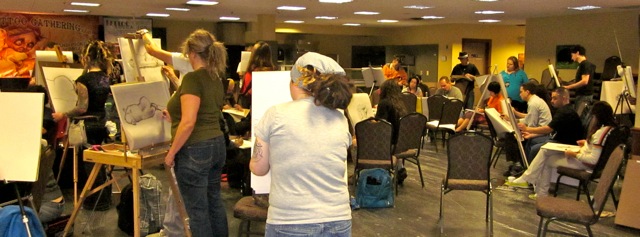
Discusion Panels
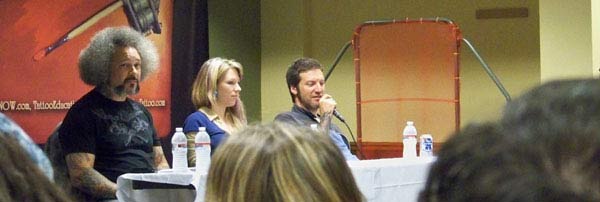
Landscape Class

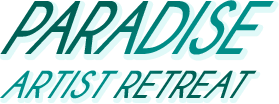

.JPG)
